The latest version improves performance, display rendering, battery life, and comfort, while offering innovative features with visionOS 26 and all-new spatial apps and Apple Immersive content

Apple® today introduced Apple Vision Pro  with the powerful M5 chip that delivers a leap forward in performance, improved display rendering, faster AI-powered workflows, and extended battery life. The upgraded Vision Pro also comes with the soft, cushioned Dual Knit Band to help users achieve an even more comfortable fit, and visionOS® 26, which unlocks innovative spatial experiences, including widgets, new Personas, an interactive Jupiter Environment, and new Apple Intelligence
with the powerful M5 chip that delivers a leap forward in performance, improved display rendering, faster AI-powered workflows, and extended battery life. The upgraded Vision Pro also comes with the soft, cushioned Dual Knit Band to help users achieve an even more comfortable fit, and visionOS® 26, which unlocks innovative spatial experiences, including widgets, new Personas, an interactive Jupiter Environment, and new Apple Intelligence features with support for additional languages. 1 There are over 1 million apps and thousands of games on the App Store®, hundreds of 3D movies on the Apple TV® app, and all-new series and films in Apple Immersive
features with support for additional languages. 1 There are over 1 million apps and thousands of games on the App Store®, hundreds of 3D movies on the Apple TV® app, and all-new series and films in Apple Immersive with a selection of live NBA games coming soon. Vision Pro with M5 and the Dual Knit Band is now available to pre-order on apple.com . Customers can book a demo at Apple Store® locations today and it will be available nationwide beginning Wednesday, October 22.
with a selection of live NBA games coming soon. Vision Pro with M5 and the Dual Knit Band is now available to pre-order on apple.com . Customers can book a demo at Apple Store® locations today and it will be available nationwide beginning Wednesday, October 22.
This press release features multimedia. View the full release here: https://www.businesswire.com/news/home/20251014954151/en/

The upgraded Apple Vision Pro features the powerful M5 chip, the comfortable Dual Knit Band, innovative features with visionOS 26, and all-new spatial apps and Apple Immersive content.
‘With the breakthrough performance of M5, the latest Apple Vision Pro delivers faster performance, sharper details throughout the system, and even more battery life, setting a new standard for what’s possible in spatial computing,’ said Bob Borchers, Apple’s vice president of Worldwide Product Marketing. ‘Paired with the comfortable Dual Knit Band, innovative features in visionOS 26, and all-new Apple Immersive experiences spanning adventure, documentary, music, and sports, spatial computing is even more capable, entertaining, and magical with the new Vision Pro.’
A Leap Forward in Performance with M5
M5 provides an even faster, smoother, and more responsive experience for Apple Vision Pro users, while introducing new opportunities for developers to create more advanced spatial and immersive experiences. Built using third-generation 3-nanometer technology, M5 on Vision Pro features an advanced 10-core CPU that delivers higher multithreaded performance, resulting in faster experiences throughout the system, including faster load times for apps and widgets and more responsive web browsing. The next-generation 10-core GPU architecture brings support for hardware-accelerated ray tracing and mesh shading, enabling developers to add remarkable detail to lighting, shadows, and reflections in games like Control.
With M5, Apple Vision Pro renders 10 percent more pixels on the custom micro-OLED displays compared to the previous generation, resulting in a sharper image with crisper text and more detailed visuals. Vision Pro can also increase the refresh rate up to 120Hz for reduced motion blur when users look at their physical surroundings, and an even smoother experience when using Mac Virtual Display . Vision Pro with M5 works alongside the purpose-built R1 chip, which processes input from 12 cameras, five sensors, and six microphones, and streams new images to the displays within 12 milliseconds to create a real-time view of the world. The high-performance battery now supports up to two and a half hours of general use, and up to three hours of video playback, all on a single charge. 2 And it’s easy to use Vision Pro for longer periods at home, at an office, or while commuting by connecting the battery to power.
. Vision Pro with M5 works alongside the purpose-built R1 chip, which processes input from 12 cameras, five sensors, and six microphones, and streams new images to the displays within 12 milliseconds to create a real-time view of the world. The high-performance battery now supports up to two and a half hours of general use, and up to three hours of video playback, all on a single charge. 2 And it’s easy to use Vision Pro for longer periods at home, at an office, or while commuting by connecting the battery to power.
The 16-core Neural Engine makes AI-powered features run up to 50 percent faster for system experiences — like capturing a Persona or transforming photos into spatial scenes — and up to 2x faster for third-party apps compared to the previous generation. 3 With M5, developers such as JigSpace are pioneering new use cases for enterprises that combine spatial computing with on-device AI. Using Apple’s Foundation Models framework, the new JigSpace app for Vision Pro taps into the on-device model at the core of Apple Intelligence to make complex information easier to understand. Users can parse through complex datasets with natural language and learn about sophisticated objects, like wind turbines, using interactive 3D models.
The New Dual Knit Band Offers a More Comfortable Fit
The Dual Knit Band delivers an even more comfortable fit for users. It features upper and lower straps that are 3D-knitted as a single piece to create a unique dual-rib structure that provides cushioning, breathability, and stretch. The lower strap features flexible fabric ribs embedded with tungsten inserts that provide a counterweight for additional comfort, balance, and stability. And the intuitive dual-function Fit Dial allows users to make fine-tuned adjustments to achieve their ideal fit. The new Dual Knit Band comes in small, medium, and large sizes; is available to purchase separately; and is compatible with the previous-generation Apple Vision Pro. Customers can easily find the size that is right for them using the Apple Store app for iPhone ®.
Powerful Spatial Experiences with visionOS 26
visionOS 26 brings a set of powerful spatial experiences to Apple Vision Pro. Widgets seamlessly integrate into a user’s space and reappear every time they put Vision Pro on, making it easy to check the time or weather, play music or podcasts, decorate their space with photos, or access ChatGPT. Striking enhancements to Persona make communicating in apps like FaceTime® feel even more natural and familiar. Spatial scenes, which use generative AI to add lifelike depth to photos, make memories come to life. Users can play back 180-degree, 360-degree, and wide field-of-view video from popular action cameras, so they can enjoy their footage the way it was meant to be seen, and creators can publish videos in these formats to apps like Safari® and Vimeo. With iPadOS® 26.1, available later this fall, the Apple Vision Pro app comes to iPad®, offering users another great way to discover new content, queue apps and games to download, find tips, and quickly access information about their Vision Pro.
New Apps, Content, and Games to Explore
There are over 1 million apps available for Apple Vision Pro, including more than 3,000 apps built for visionOS. Users can design their dream home with HomeByMe and Lowe’s Style Studio, outfit their closet with Balenciaga, and browse stunning artwork with Christie’s Select and Art Authority Museum. They can explore extraordinary locations around the world with Epic Earth and Explore POV, transform their physical space into a planetarium with Space Vision, or travel back in time with D-Day: The Camera Soldier.
Apple Vision Pro remains the ultimate entertainment device. With the new Vision Pro, users can experience concerts like never before with Amplium; tune into their favorite teams with apps from major sports leagues; or enjoy a personal theater with apps from popular streaming services on a screen that appears up to 100 feet wide. Apple Immersive continues to redefine what is possible in storytelling, and Vision Pro users can enjoy new series and films on the Apple TV app. Later this season, users in the Lakers’ broadcast territory will be able to watch select live games in Apple Immersive, and new titles from the Audi F1 Project, the BBC, HYBE, and Red Bull will launch in Apple Immersive in the coming months. 4 The Apple TV app is also home to one of the largest digital collections of 3D movies available, featuring recent blockbusters like Superman , Jurassic World Rebirth , How to Train Your Dragon , and Wicked .
Gaming on Apple Vision Pro is next level with its ultra-high-resolution displays, advanced Spatial Audio system, low latency, and responsive controls across a variety of input methods, including popular game controllers like Sony DualSense, which now supports multidevice pairing. Players will be able to enjoy iPad games like Where Winds Meet, POOLS, and Sniper Elite 4, fun spatial games like Porta Nubi and Glassbreakers: Champions of Moss , and the latest titles on consoles and PCs with apps like Portal and Steam Link. And with support for the PlayStation VR2 Sense controller, players get a new class of immersive games with high-performance motion tracking in six degrees of freedom, finger touch detection, and vibration support. Elu Legend, Pickle Pro, Ping Pong Club, and Spatial Rifts are some of the first games available with support for the PlayStation VR2 controller.
Enhanced Capabilities for Pro Users and Enterprises
With Apple Vision Pro, users can supercharge their workflows and discover new ways to realize their creative visions. Artists can design new works using apps like Crayon and Da Vinci Eye. Photographers can edit images with color accuracy from any location and in any lighting condition using Pixelmator on MacBook Pro® with Mac Virtual Display. Filmmakers can scout locations from anywhere by viewing spatial media — including panoramas and spatial videos shot on iPhone — on a large wraparound display. And pro users can assemble and rehearse their presentations while in a seat-for-seat replica of the Steve Jobs Theater at Apple Park using Keynote®. With Logitech Muse — a digital pencil built for Vision Pro — users can create and collaborate with a new level of precision. Apps like Crayon, doppl by Interaptix, Sketch Pro, and Spatial Analogue are adding support for Muse over the coming weeks.
Businesses around the world are harnessing the power of spatial computing on Apple Vision Pro every day to invent new solutions and streamline operations across design, education, healthcare, sales, and more. CAE, the multinational technology company that specializes in simulation and instruction solutions, uses Vision Pro to help pilots complete training activities outside of specialized centers, featuring true-to-life flight deck environments and scenarios. At Porsche, drivers can visualize and personalize new vehicles in select showrooms before taking delivery. And by seamlessly blending digital content with the physical world, Visage provides high-quality, three-dimensional medical imaging, helping hospitals like UC San Diego Health improve patient care.
Apple Vision Pro and the Environment
Apple 2030 is the company’s ambitious plan to be carbon neutral across its entire footprint by the end of this decade by reducing product emissions from their three biggest sources: materials, electricity, and transportation. Apple Vision Pro is made with 100 percent recycled aluminum in the frame and battery enclosure, 100 percent recycled rare earth elements in all magnets, and 100 percent recycled cobalt in the battery. Vision Pro is designed to last and meets Apple’s high standards for energy efficiency and safe chemistry. The paper packaging is 100 percent fiber-based and can be easily recycled.
Pricing and Availability
- Dual Knit Band is available to purchase separately for $99 (U.S.).
- For users who require vision correction, ZEISS Optical Inserts — Readers will be available for $99 (U.S.), and ZEISS Optical Inserts — Prescription will be available for $149 (U.S.). 5
Apple revolutionized personal technology with the introduction of the Macintosh in 1984. Today, Apple leads the world in innovation with iPhone, iPad, Mac, AirPods, Apple Watch, and Apple Vision Pro. Apple’s six software platforms — iOS, iPadOS, macOS, watchOS, visionOS, and tvOS — provide seamless experiences across all Apple devices and empower people with breakthrough services including the App Store, Apple Music, Apple Pay, iCloud, and Apple TV. Apple’s more than 150,000 employees are dedicated to making the best products on earth and to leaving the world better than we found it.
Footnotes
1 Image Playground is available in English (Australia, Canada, India, Singapore, UK, U.S.), French (Canada, France), German, Italian, Japanese, and Spanish (Mexico, Spain) when Apple Intelligence is enabled. Feature availability varies by region.
is available in English (Australia, Canada, India, Singapore, UK, U.S.), French (Canada, France), German, Italian, Japanese, and Spanish (Mexico, Spain) when Apple Intelligence is enabled. Feature availability varies by region.
2 Testing conducted by Apple in August and September 2025 using preproduction Apple Vision Pro (M5) units and software. Testing consisted of full battery discharge while performing each of the following tasks: video playback, internet browsing, spatial video capture, and FaceTime. Video playback tested in conjunction with an Environment, using 2D movie content purchased from the Apple TV app. Internet browsing tested using 20 popular websites. FaceTime tested between two Apple Vision Pro units with Personas enabled. Tested with Wi‑Fi associated to a network. Battery life depends on device settings, usage, network, environmental conditions, and many other factors. Battery tests are conducted using specific Apple Vision Pro units; actual results may vary.
3 Testing conducted by Apple in September 2025 using preproduction Apple Vision Pro (M5) and production Apple Vision Pro (M2) units. Up to 2x faster performance results were achieved when tested with prerelease Draw Things v1.20250820.0 on Apple Vision Pro (M5), v1.20250903.0 on Apple Vision Pro (M2), and a 768×768 text-to-image generation with step-distilled Qwen Image model at 6-bit quantization in two steps. When tested with Photos app by creating spatial scenes from photos, performance results were up to 1.5x faster. Performance tests are conducted using specific Apple Vision Pro units and reflect the approximate performance of Apple Vision Pro.
4 Additional information about titles from the Audi F1 Project, the BBC, HYBE, and Red Bull will be provided by these creators closer to their availability.
5 A valid prescription is required. Not all prescriptions are supported. Vision correction accessories are sold separately. ZEISS Optical Inserts — Prescription are only available to purchase online.
NOTE TO EDITORS: For additional information visit Apple Newsroom ( www.apple.com/newsroom ), or email Apple’s Media Helpline at media.help@apple.com .
© 2025 Apple Inc. All rights reserved. Apple, the Apple logo, Apple Vision Pro, visionOS, Apple Intelligence, Image Playground, App Store, Apple TV, Apple Immersive, Apple Store, Mac Virtual Display, iPhone, FaceTime, Safari, iPadOS, iPad, MacBook Pro, Keynote, Genmoji, AppleCare, AppleCare+, and AppleCare One are trademarks of Apple. Other company and product names may be trademarks of their respective owners.

View source version on businesswire.com: https://www.businesswire.com/news/home/20251014954151/en/
Zach Kahn
Apple
zkahn@apple.com
Andrea Schubert
Apple
a_schubert@apple.com
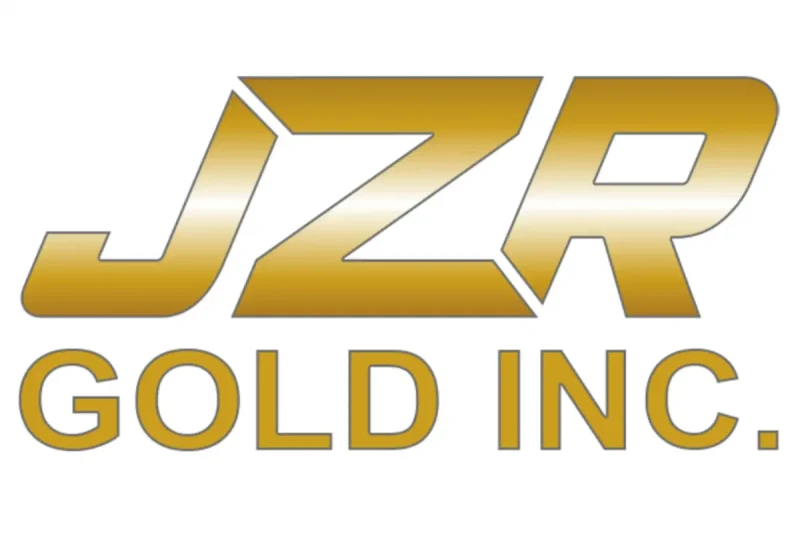


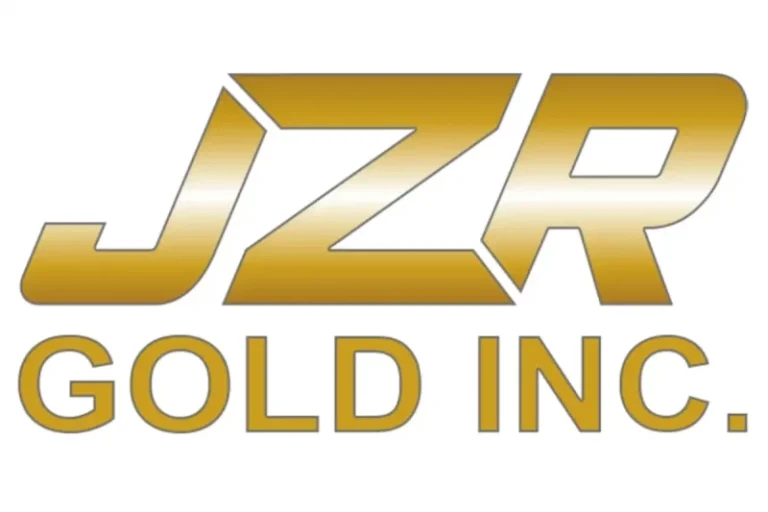
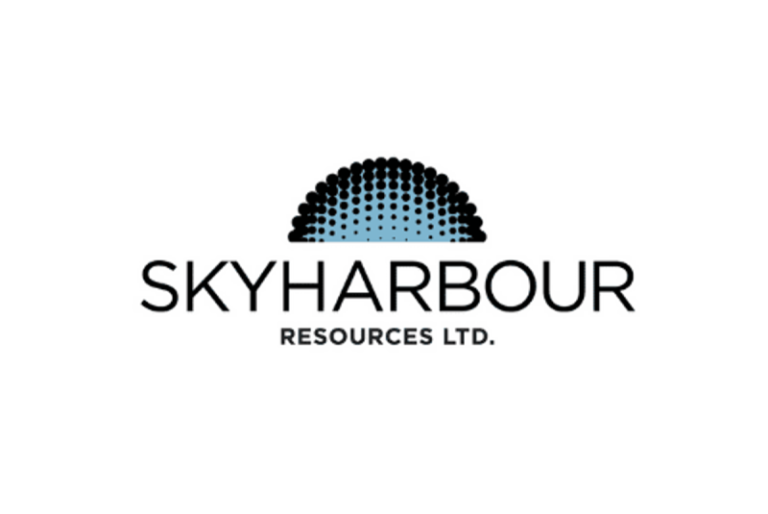
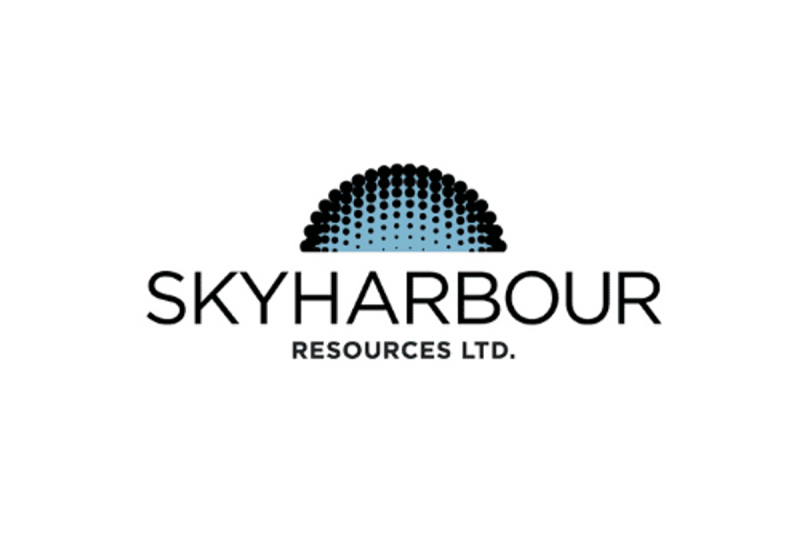
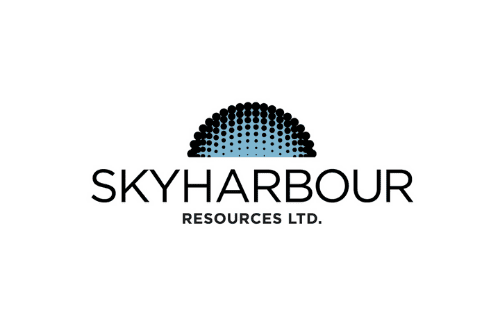



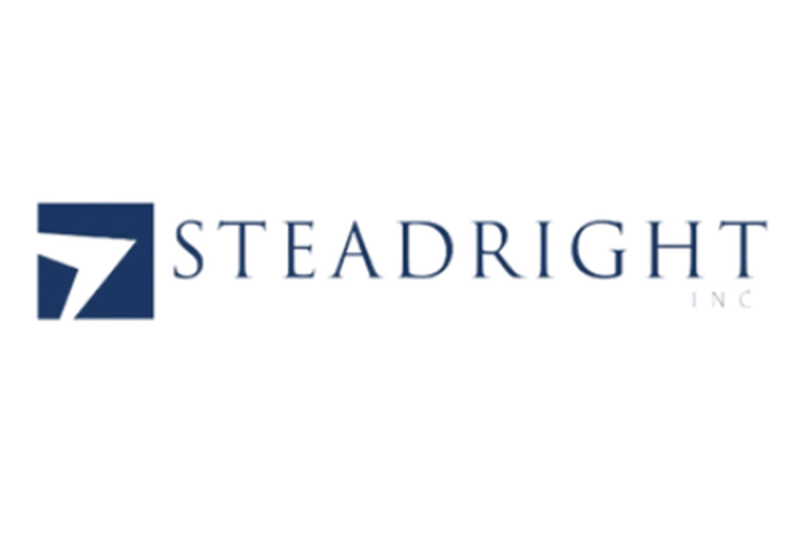
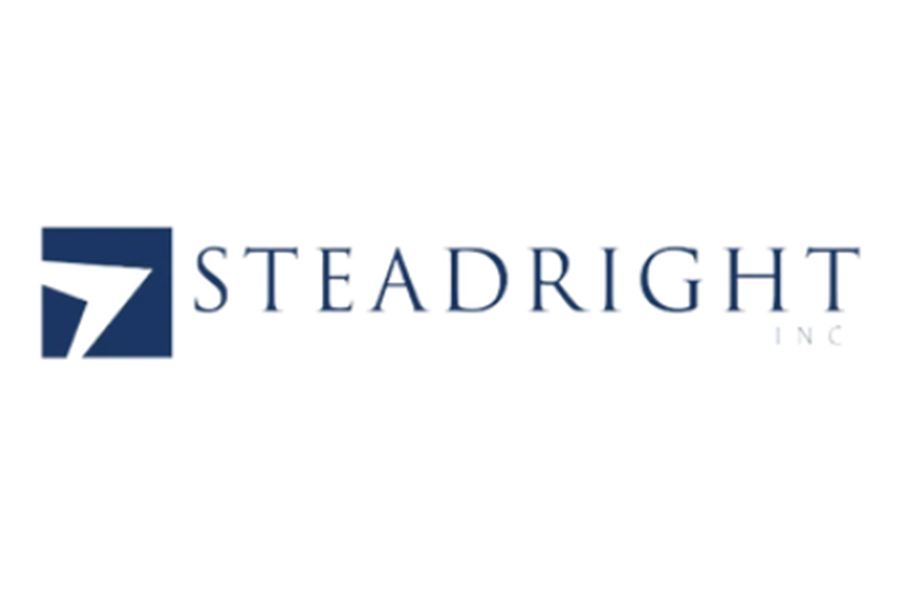






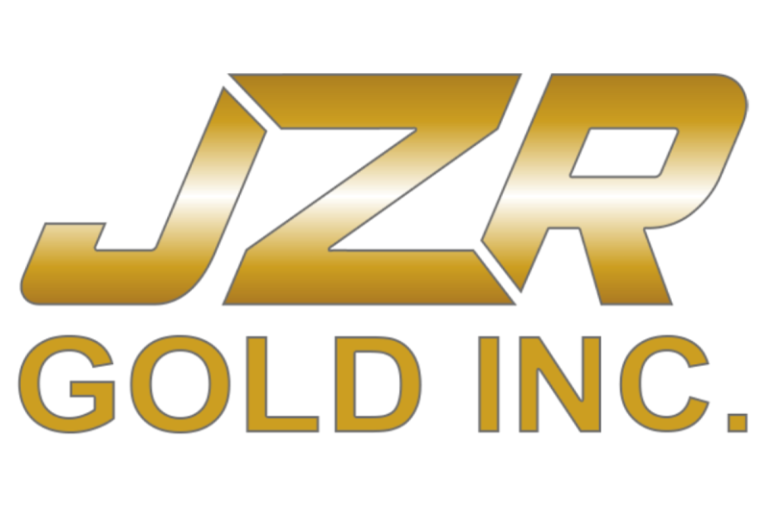
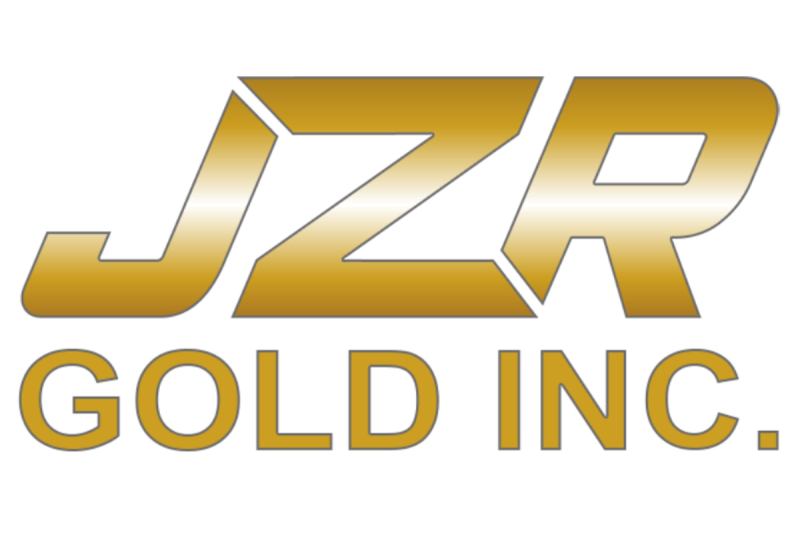







 capabilities, and the unrivaled power of macOS® Tahoe — complete the MacBook Pro experience. Altogether, the 14-inch MacBook Pro with M5 delivers an industry-leading combination of capabilities for the same starting price of $1,599 — making it an even better value and upgrade for current and new Mac® users. Available in space black and silver, the new 14-inch MacBook Pro with M5 is available to pre-order today, with availability beginning Wednesday, October 22.
capabilities, and the unrivaled power of macOS® Tahoe — complete the MacBook Pro experience. Altogether, the 14-inch MacBook Pro with M5 delivers an industry-leading combination of capabilities for the same starting price of $1,599 — making it an even better value and upgrade for current and new Mac® users. Available in space black and silver, the new 14-inch MacBook Pro with M5 is available to pre-order today, with availability beginning Wednesday, October 22. 
 , allowing each device to excel in its own way. All are available for pre-order today.
, allowing each device to excel in its own way. All are available for pre-order today. 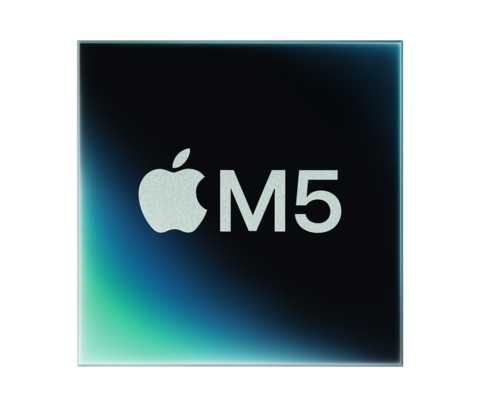
 with the powerful M5 chip that delivers a leap forward in performance, improved display rendering, faster AI-powered workflows, and extended battery life. The upgraded Vision Pro also comes with the soft, cushioned Dual Knit Band to help users achieve an even more comfortable fit, and visionOS® 26, which unlocks innovative spatial experiences, including widgets, new Personas, an interactive Jupiter Environment, and new Apple Intelligence
with the powerful M5 chip that delivers a leap forward in performance, improved display rendering, faster AI-powered workflows, and extended battery life. The upgraded Vision Pro also comes with the soft, cushioned Dual Knit Band to help users achieve an even more comfortable fit, and visionOS® 26, which unlocks innovative spatial experiences, including widgets, new Personas, an interactive Jupiter Environment, and new Apple Intelligence